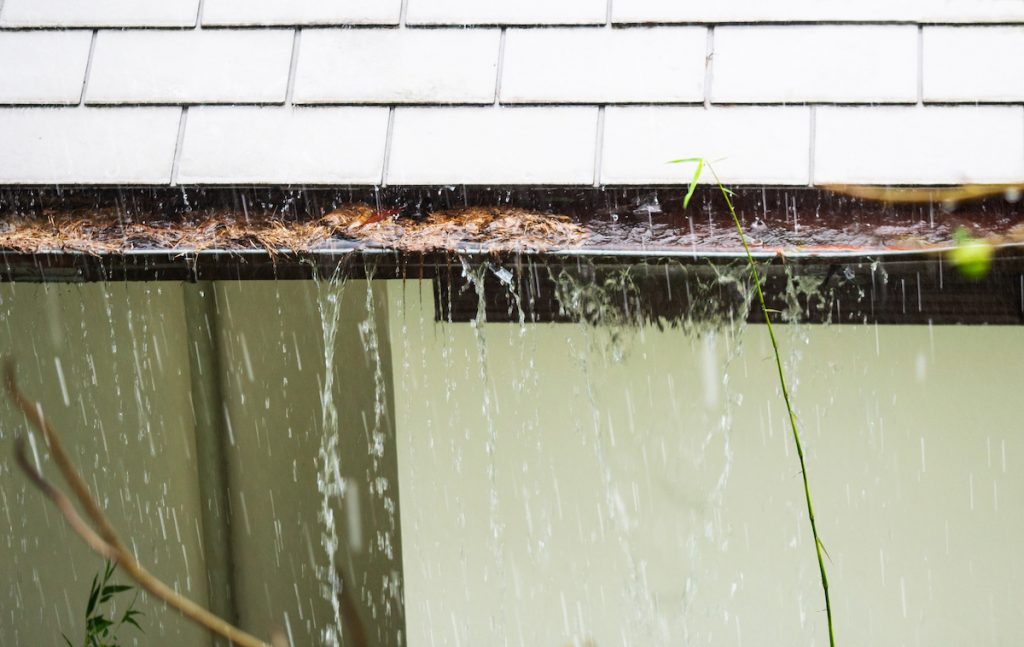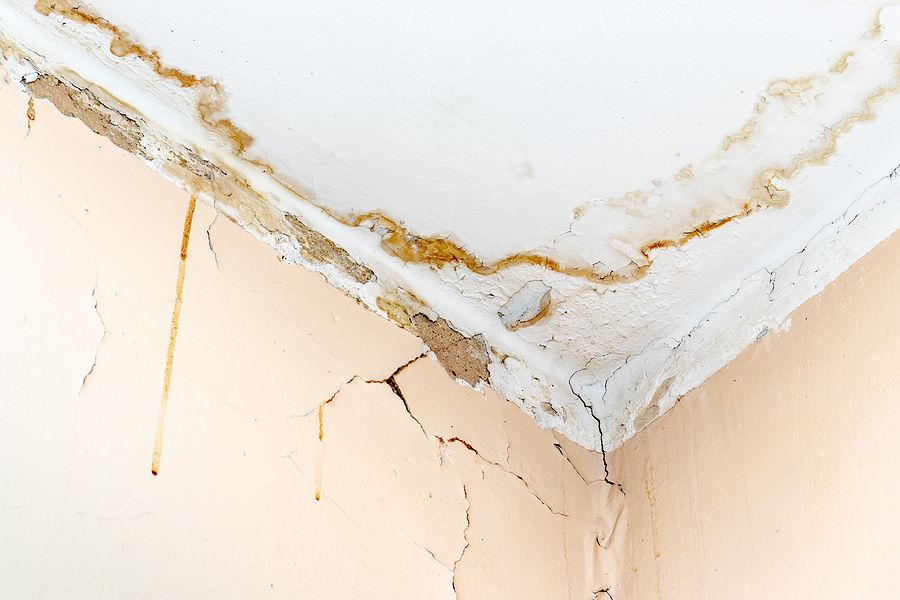We have discovered this article involving Common Water Leaks In House down the page on the web and felt it made good sense to relate it with you over here.

Leakages not just create waste of water yet can additionally create unneeded damage to your home and promote unwanted organic development. Water leakages could go undetected since most of the pipework in our house is concealed. By looking and understanding for everyday situations that cause leaks, you can protect your home from future leaks and also unneeded damages. Today, we will take a look at six leakage triggers that may be causing your pipelines to trickle.
Elbowing in origins
Many water leakages start outside your home rather than inside it. If you see an unexpected decline in water pressure, say in your faucet, take time to head out and analyze your backyard. You might observe damp patches or sinkholes in your yard, which may mean that tree origins are attacking water lines causing water to leak out. You can have your plumber check for invasion, especially if you have trees or bushes near your building.
Corroded water supply
This might be the reason of discoloration or warping on your water pipelines. If our plumbing system is old, think about replacing the pipelines given that they are at a higher risk of rust than the more recent designs.
Defective Pipeline Joints
Pipeline joints can deteriorate over time, resulting in water leaks. If you have noisy pipes that make ticking or banging noises, especially when the warm water is transformed on, your pipe joints are most likely under a whole lot of stress.
Immediate temperature changes.
Severe temperature level adjustments in our pipelines can trigger them to broaden as well as contract unexpectedly. This expansion and tightening might trigger cracks in the pipes, especially if the temperature are below freezing. If you kept an eye on just how your plumbing functions, it would certainly be best. The visibility of the formerly discussed conditions often indicates a high danger.
Poor Water Connectors
Sometimes, a leakage can be brought on by loosened hoses and also pipelines that provide your appliances. Generally, changing is what triggers the loose water Links. You might locate in the case of a washing maker, a tube might spring a leak due to trembling throughout the spin cycle. In case of a water links leak, you might observe water running directly from the supply line or pools around your devices.
Clogged Drains
Clogged drains could be aggravating as well as inconveniencing, yet they can sometimes end up triggering an overflow bring about burst pipes. Maintain getting rid of any type of products that may go down your drains pipes that can clog them to prevent such aggravations.
All the above are causes of leaks yet not all water leaks result from plumbing leaks; some leakages may originate from roofing system leakages. All leaks need to be fixed quickly to avoid water damages.
Leaks not only create waste of water however can likewise create unneeded damages to your house and also advertise undesirable natural development. By understanding and also looking for day-to-day situations that cause leaks, you can shield your house from future leaks and unnecessary damages. Today, we will certainly look at six leak triggers that may be causing your pipelines to drip.
At times, a leak can be triggered by loosened tubes and also pipes that supply your appliances. In case of a water links leakage, you might notice water running directly from the supply line or puddles around your devices.
How To Check For Water Leak In Your Home
How To Check for Leaks
The average household's leaks can account for nearly 10,000 gallons of water wasted every year and ten percent of homes have leaks that waste 90 gallons or more per day. Common types of leaks found in the home are worn toilet flappers, dripping faucets, and other leaking valves. These types of leaks are often easy to fix, requiring only a few tools and hardware that can pay for themselves in water savings. Fixing easily corrected household water leaks can save homeowners about 10 percent on their water bills.
To check for leaks in your home, you first need to determine whether you're wasting water and then identify the source of the leak. Here are some tips for finding leaks:
Take a look at your water usage during a colder month, such as January or February. If a family of four exceeds 12,000 gallons per month, there are serious leaks.
Check your water meter before and after a two-hour period when no water is being used. If the meter changes at all, you probably have a leak.
Identify toilet leaks by placing a drop of food coloring in the toilet tank. If any color shows up in the bowl after 10 minutes, you have a leak. (Be sure to flush immediately after the experiment to avoid staining the tank.)
Examine faucet gaskets and pipe fittings for any water on the outside of the pipe to check for surface leaks.
Undetected water leaks can happen without the home or business owner even realizing. If you suspect a water leak, but not able to find the source. It is time to contact a professional water leak detection service, The Leak Doctor.
How To Find a Water Leak In Your Home
https://www.leakdoctor.com/blog/How-To-Check-For-Water-Leak-In-Your-Home_AE197.html

As a serious person who reads about How to Find Water Leaks, I think sharing that excerpt was worthwhile. Liked our blog? Please share it. Let others locate it. Thank-you for taking the time to read it.
Don't delay, ring today!